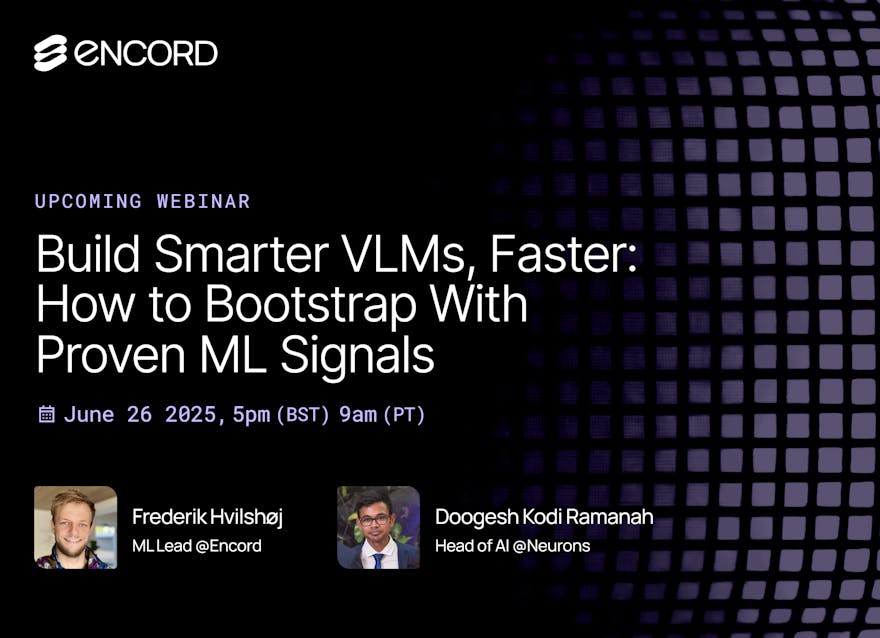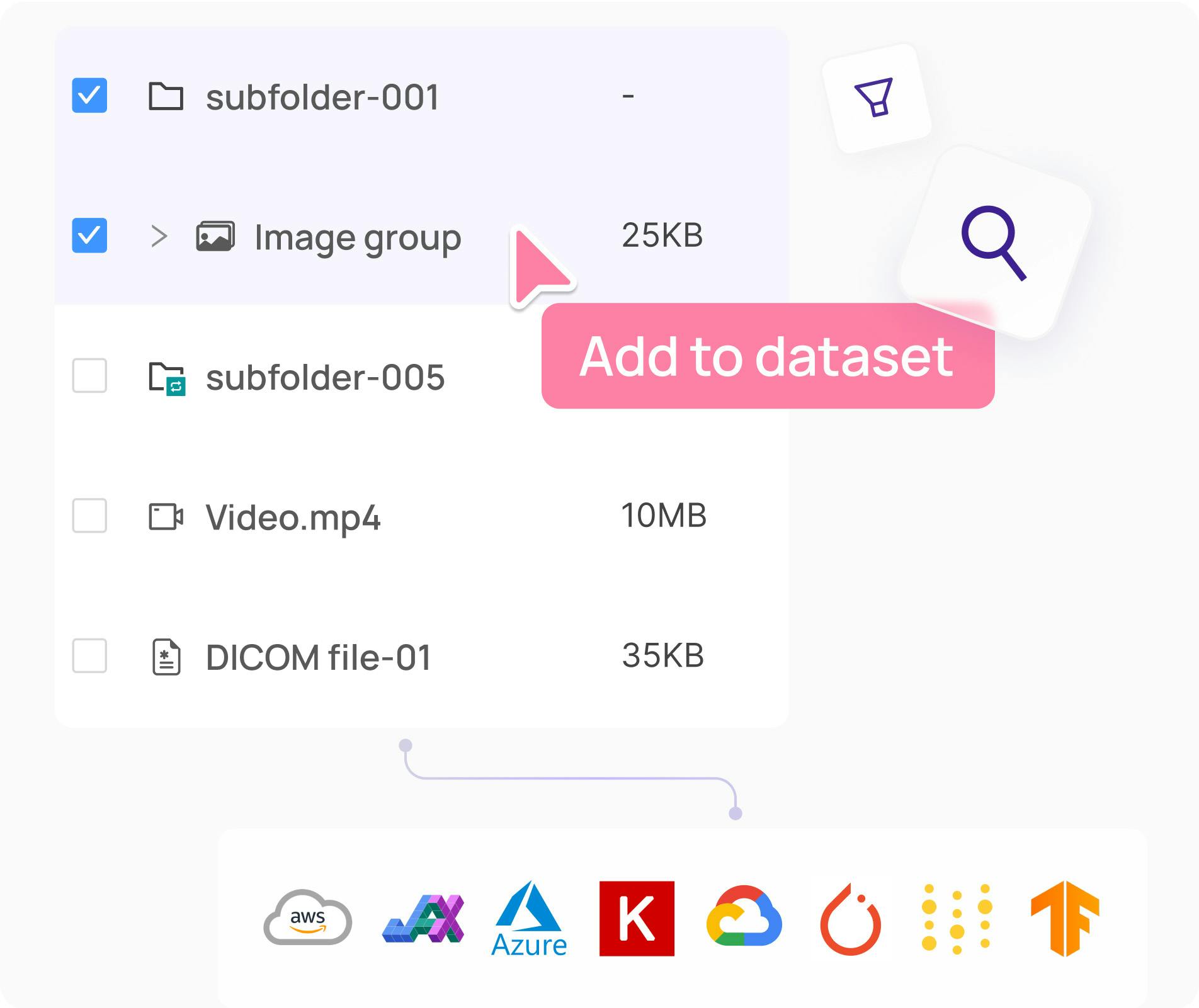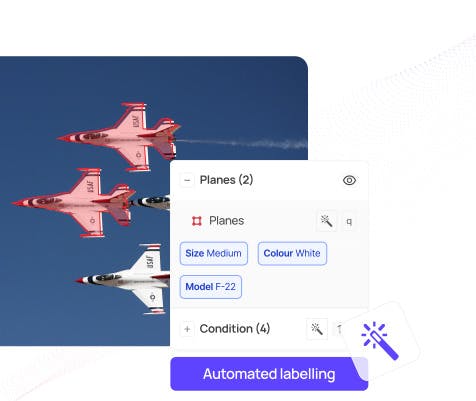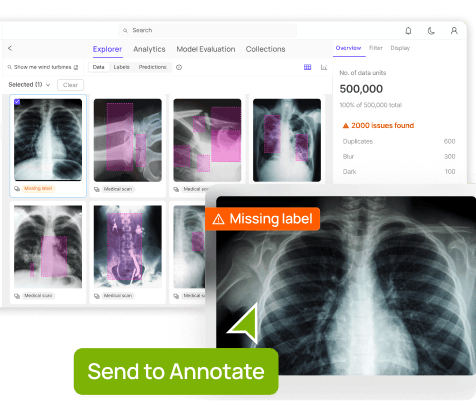Encord Blog
Webinar Recap: Build Smarter VLMs, Faster - How to Bootstrap With Existing ML Solutions
5 min read

In a joint session hosted by our ML Lead Frederik and Neuron’s Head of AI, Doogesh, we pulled back the curtain on what it really takes to turn machine learning (ML), large language models (LLMs), and neuroscience-powered insights into systems that drive measurable ROI. Below are the key takeaways from this insight-packed webinar.
How to go from ML models to measurable impact
Most companies already use ML in production, but not all of them are extracting business value. This webinar provided a blueprint for bridging that gap:
- Align model behavior with business goals: Models are only as good as their outcomes. Ensuring alignment with ROI and implementing human-in-the-loop are critical.
- Unify models into VLMs: Combine Claude, GPT, and proprietary neuroscience models into vertically integrated vision-language systems (VLMs) for performance that scales.
- Move from suggestion to action: Battle-tested recommendation systems become the foundation for guiding GenAI tools development.
Neurons AI: Science-powered ad recommendations
Doogesh, Head of AI at Neurons, introduced the audience to how they deliver unlimited AI-driven ad recommendations backed by neuroscience. Here’s how Neurons has used AI to transform advertising performance:
- Pre-test ads instantly: No more waiting on A/B testing; get results in seconds.
- Visual Attention Prediction: Eye-tracking and heatmaps predict what grabs users' focus.
- Optimize messaging and recall: Get early signals on engagement, recall, and cognitive load.
- Benchmarking across industries: Track performance against industry-specific standards for more accurate insights.

How neuroscience powers better ML
Through tests like the Visual Memory Game (VMG) and Fast Response Test (FRT), Neurons collects high-quality data on:
- Memory: Identifying what users remember from fast image streams.
- Engagement: Reaction speed shows how compelling a visual is.
- Focus: Area-of-interest (AOI) heatmaps reveal content clarity.
- Cognitive Load & Demand: EEG and entropy-based metrics quantify complexity.
This rich dataset feeds into their CIS score—a single, weighted measure that correlates strongly with ROI.
Industry & segment specificity matters
Doogesh emphasized that not all ads, or audiences, are created equal:
- Different industries and demographics respond to different visual cues
- Models trained on generalized data underperform unless tuned to specific audience behaviors
- Benchmarking across segments and geographies helps ensure accurate and trusted recommendations

Industry segmentation for benchmarking

Annotation of advertisement using image annotation tool, Encord
Blueprint for VLM-powered recommendation systems
Frederik and Doogesh then provided some a generalized framework for building actionable recommendation engines:
Step 1: Build production-grade ML models
Let them serve as the foundation for understanding what drives value today.
Step 2: Feed insights into a recommender system
LLMs act as judges, vibing off human edits, customer feedback, and content scoring systems like CIS.
Step 3: Create agentic systems
Use data and evaluation pipelines to enable iterative, autonomous systems that learn, act, and improve with minimal human input.

From Evaluation to Autonomy
As performance benchmarks stabilize, we move closer to autonomous agents that:
- Generate, evaluate, and adapt creatives
- Collect real-time feedback like click-through rates
- Train on their own outputs to self-improve.
But this shift hinges on:
- Strong content scoring systems (like CIS),
- Reliable evaluation pipelines, and
- Rich historical data for training.
Final Framework: A 3-Step Rocket to ROI
1. Build ML that Works
Use neuroscience data and LLMs to create foundational models.
2. Use Models to Guide Recommendations
Extract insights, benchmark, and personalize at scale.
3. Turn Recommendations into Agentic Tools
Close the loop with systems that act autonomously and improve over time.

Closing Thoughts
The Encord x Neurons collaboration shows a future where ML systems are no longer siloed black boxes, but value-generating engines deeply embedded into business strategy, backed by science, powered by LLMs, and guided by ROI.
Explore the platform
Data infrastructure for multimodal AI
Explore product
Explore our products


